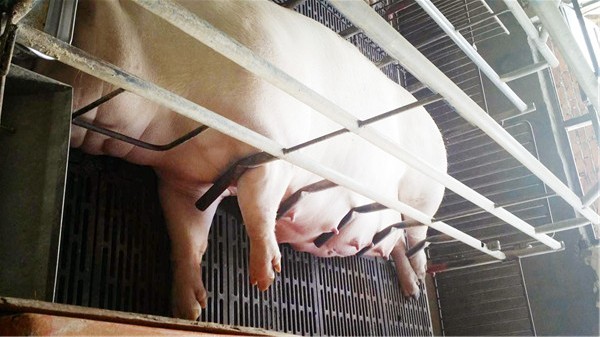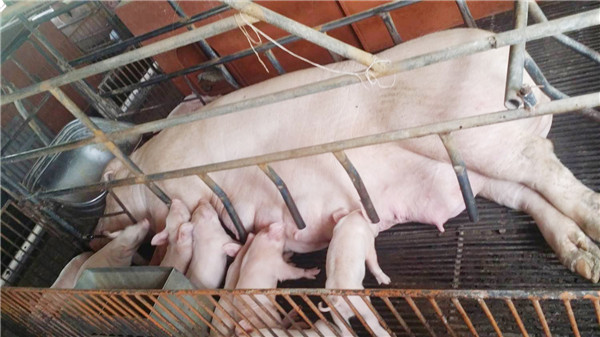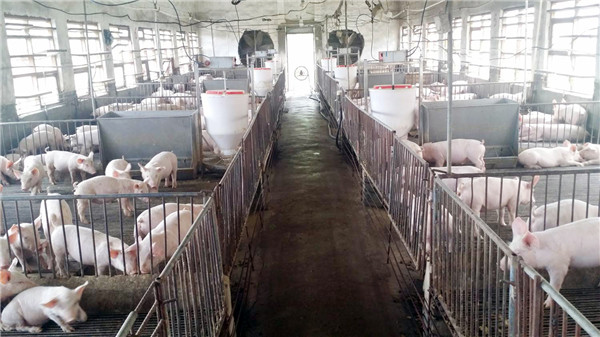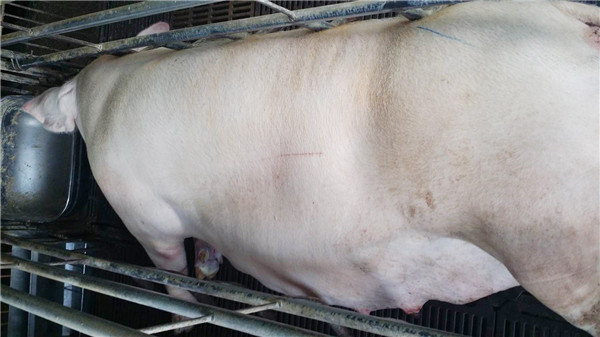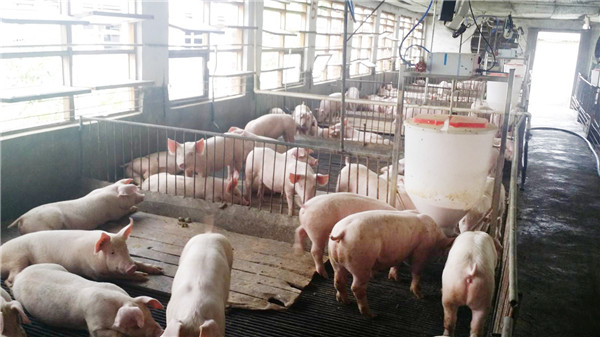The best prevention and control program for blue ear disease
Author:Aomron Time:2017-08-29 Hits:2505
At present, most of the domestic pig farms have experienced the blue ear virus. Some farms have experienced rapid recovery after their blue ear disease, and some pig farms have good or bad performance. . The reason for this is worth pondering.
Once the blue ear virus invades a herd, it is difficult to remove it. The purpose of the vaccine immunity, group closure and other related measures is to construct a positive stable group of the blue ear virus, but this kind of stability is clinically stable. The situation is easily broken, causing the occurrence of blue ear disease again. Breeding of this blue ear virus in pigs and the herd can be easily undermined by the introduction of new strains or sensitive pigs. The typical representative of the former is the invasion of the NADC-30 strain. The typical representative of the latter is the new backup. The blind introduction of sows (negative or blue-eared).
It is not enough to stabilise the stable performance of the farm on the stable breeding herd. It is also necessary to breed the herd under different conditions without detoxification or detoxification. For example, the boar's semen is poisonous or the sow's placenta infection and milk are poisonous. It is clinically prone to sow reproductive disorders and infective swine pigs that do not quantify, and then mix and colonize the nursery to infect and develop severe clinical symptoms.
How to reduce detoxification of breeding herds? Reduce the viral load in breeding pigs. For breeding pigs in the blue-ear positive stable group, the normal immune function is the best guarantee. All factors that cause the body's immune suppression will break the balance between the blue ear virus and the body, causing the blue ear virus to increase in value and detoxify in the body. In actual production, there are several factors that have a great harm to the body's immune function: nutritional imbalance; excess toxins in the body, including mycotoxins; disease; stress.
In clinical practice, we found that pigs with high levels of N protein antibodies still maintained good production performance. We also found that nursery pigs did not develop clinical signs of seronegative pigs at some time after weaning. It can be seen that the occurrence of blue ear disease is not determined by the single factor of blue ear virus infection. The destruction of the blue ear virus counteracts the defensive effects of the body. When the damage is greater than the defensive, the body experiences clinical disease. When the defense is greater than the damage, it can be in harmony with the blue ear disease, and does not affect the production of the herd. The clinical onset of PRRS is a combination of events. Blue-ear disease does not necessarily occur when there is a PRRS virus in the farm. From the four aspects of nutrition, toxins, diseases, and stress to our pig population, plus the control of the blue ear virus load, we can completely control the recurrence of blue ear disease.
Situation 1:
Acute blue-ear disease outbreak: The immunity of the blue-eared ear vaccine has been highly controversial. Individuals think that a large-scale pig farm can adopt a reasonable vaccine immunization program during the outbreak of the disease, and should be stopped in an orderly manner after the epidemic is controlled. It is not recommended to immunize blue eared pigs for small pig farms. In the feed, JinLiweiTa is added 1kg + Muyuankang 10kg + AOfeikangning 2kg +Meibituo 2kg / ton, continuous feeding 2 to 3 weeks, after Jinliweita 500g + Muyuankang 5kg + Meibituo off 1kg / ton continuous feeding, Some pig farms may use Oxycutin once after 2 months. At this stage, we must strictly control the quality of feed. Even the best de-mold agent can not completely remove the mycotoxin from the feed. At this time, the excessive intake of mycotoxin may cause the treatment to fail.
Situation 2:
The recovery period after the outbreak of PRRS: Add "Jinliweita" 1kg+ "Muyuankang 10" kg+ "Aofeikangning" 2kg+ "Meibituo" 2kg/ton in feed, continuously feed for 15 days, afterwards "Jinliweita "500g+" MuyuanKang "5kg+" Meibituo" 1kg/ton continuous feeding.
Case 3:
Blue Ear Disease Stable Period: Farms that have crossed the acute outbreak of blue ear disease should be ordered to stop the blue ear vaccine. When there are gilts entering the herd, strict domestication measures must be taken to stabilize the blue-ears antibodies of the reserve herds. Addition of Jinliweita 500g + MuyuanKang 5kg + Meibituo 1kg / ton continuous feed can be fed again.
Clinical case (1)
1. The site is located in Ganzhou, Jiangxi Province, with 120 sows in stock. The production performance has been poor for two years. At the end of 2016, 40 sows were bought back from the demolition site, causing an outbreak of blue ear disease.
Blue ear disease outbreak (treatment started in mid-December 2016)
Shooting time: December 16, 2016
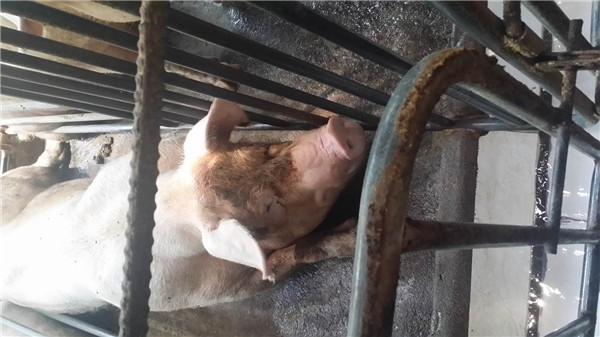
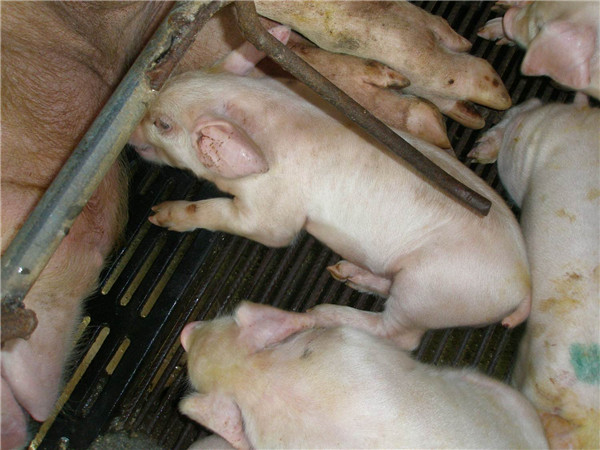
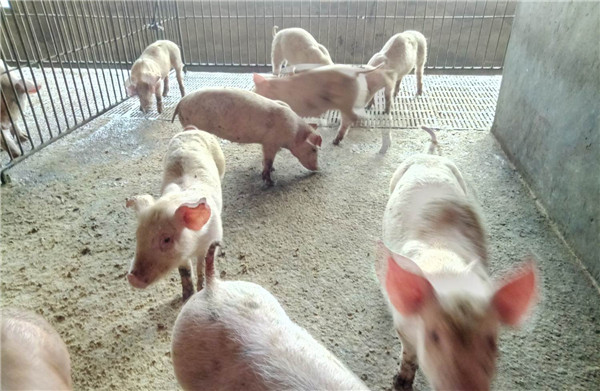
Shooting time: February 27, 2017
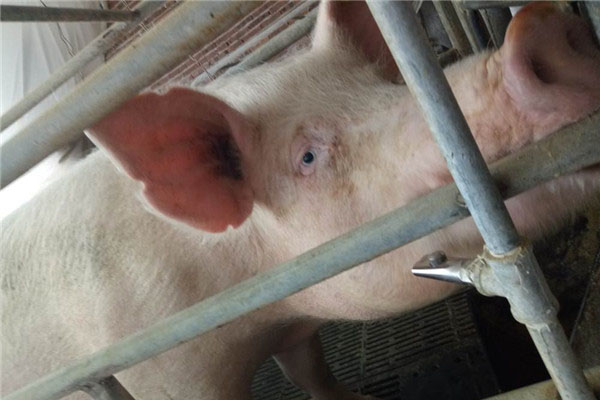
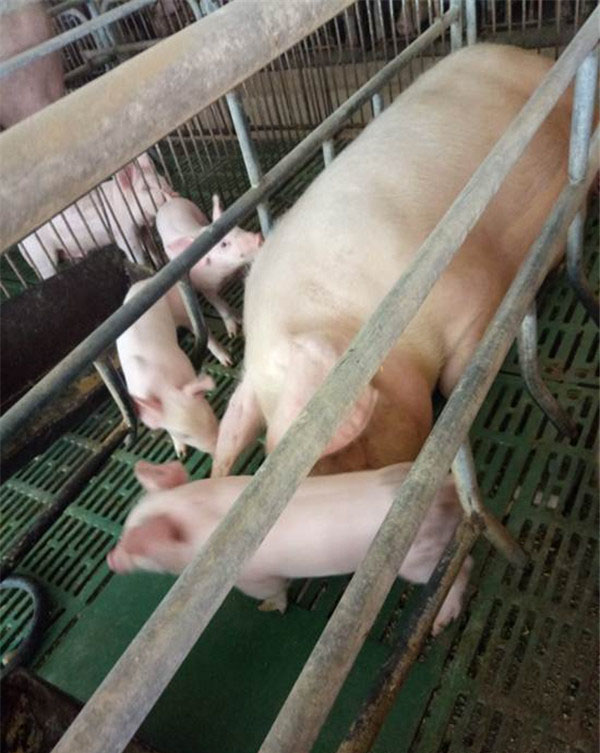
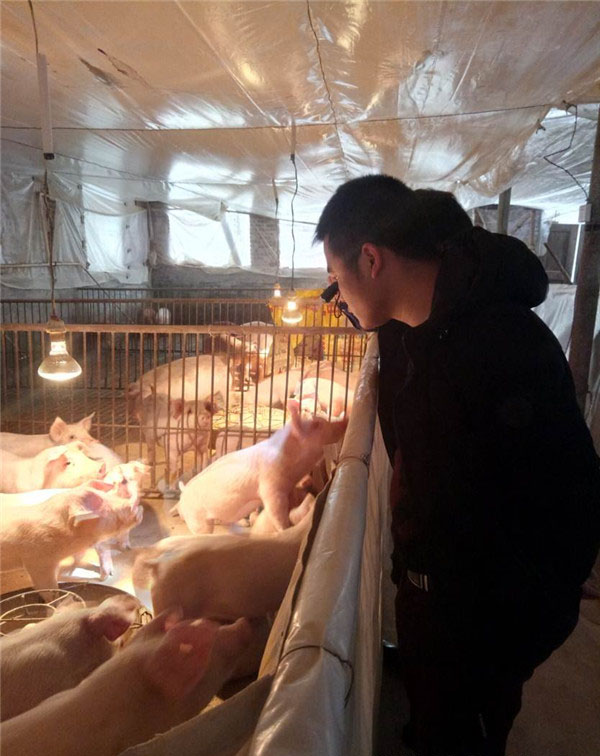
Shooting time: April 27, 2017
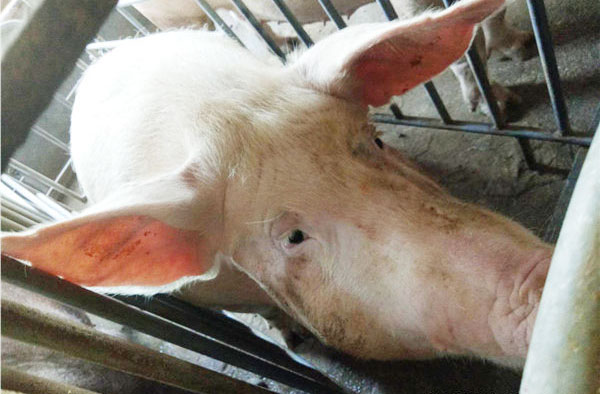
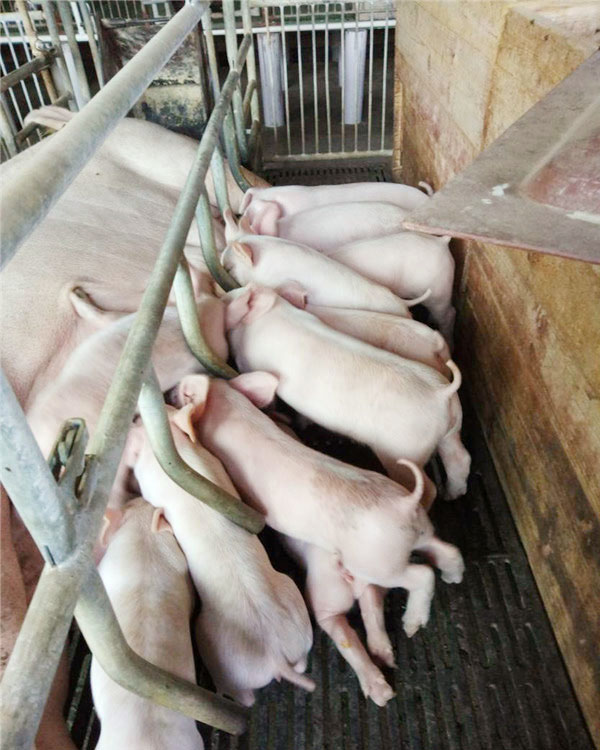
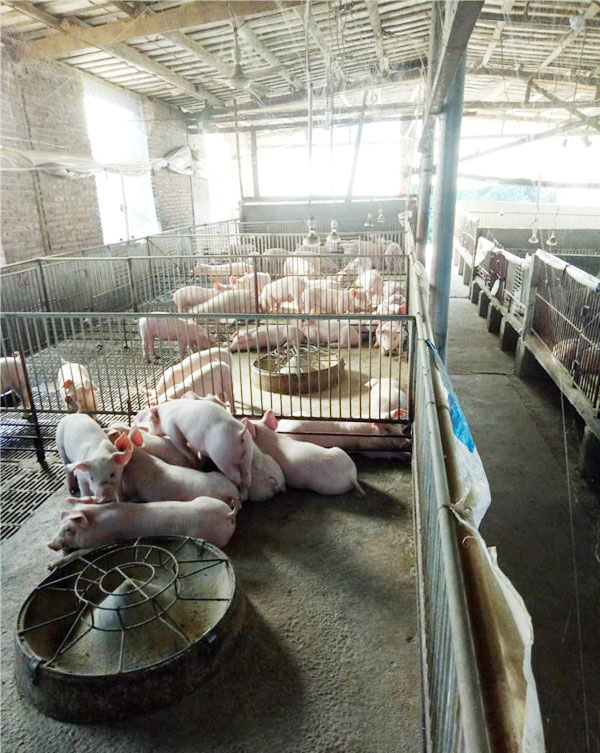
Clinical Case (2)
2. Recovery period after the outbreak of blue ear disease (treatment started at the end of August 2016)
Shooting time: December 28, 2016
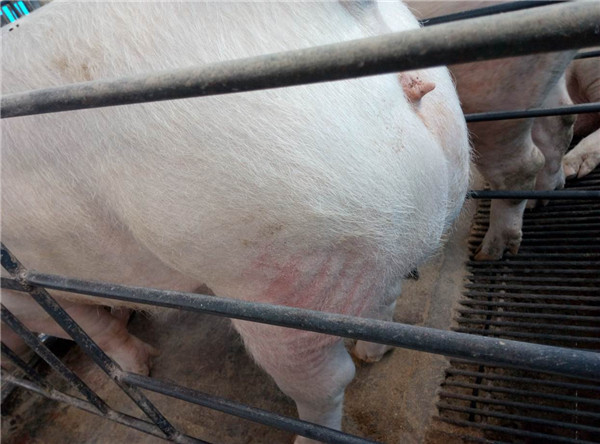
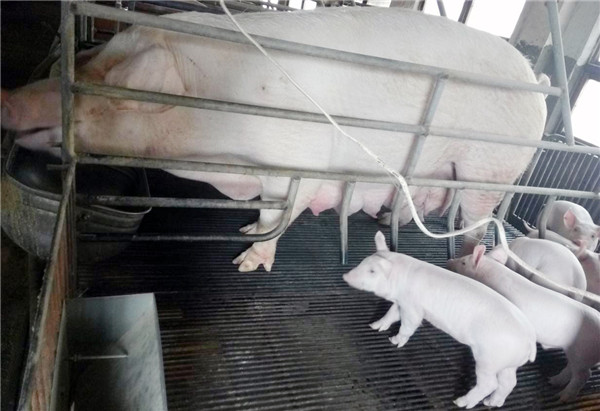
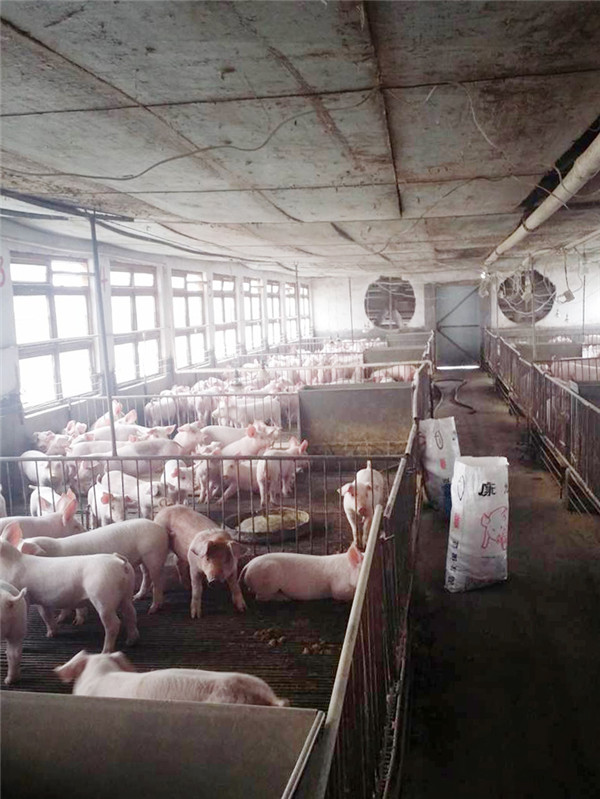
Shooting time: June 6, 2017
